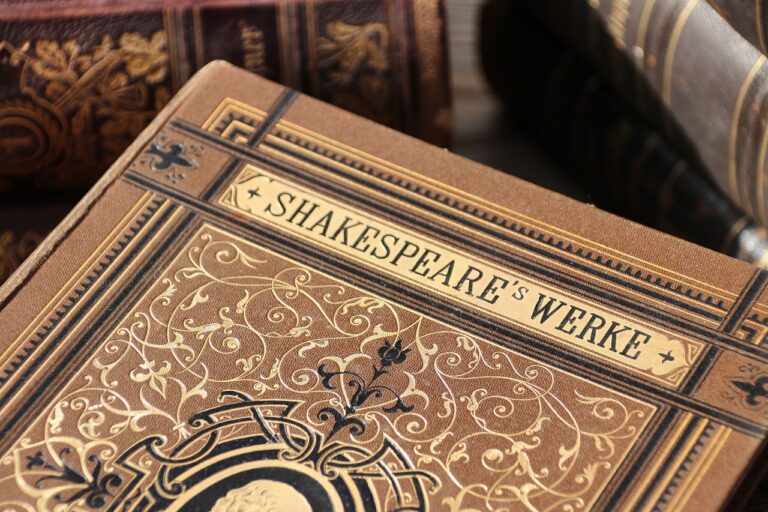Navigating Copyright and Fair Use Issues in Educational Materials
Copyright laws in education serve to protect the intellectual property rights of creators in the realm of academia. These laws dictate the parameters within which educational materials can be used, distributed, and reproduced. It is vital for educators to familiarize themselves with these regulations to ensure they are acting in compliance with legal standards.
Educators must understand that copyright laws apply to a wide range of materials, including textbooks, articles, images, videos, and online resources. When utilizing such resources in their teaching materials, educators must obtain the necessary permissions or licenses to avoid infringing on the rights of the original creators. Failure to adhere to copyright laws can result in legal repercussions and damage to one’s professional reputation.
The Importance of Proper Attribution
Proper attribution is a fundamental aspect of academic integrity and intellectual honesty. When using someone else’s work in educational materials, it is crucial to give credit where credit is due. By acknowledging the original creator of the content, you not only show respect for their work but also avoid plagiarism allegations.
Attribution provides transparency and allows readers to trace the origins of the information presented. It also contributes to the credibility of your own work by demonstrating that it is well-informed and based on reputable sources. In educational settings, teaching students the importance of proper attribution not only instills ethical values but also equips them with essential research skills for their academic and professional endeavors.
How to Determine Fair Use in Educational Materials
Copyright laws can be complex to navigate, especially when it comes to using educational materials. Fair use is a vital concept to understand in determining whether you can legally use copyrighted material without permission. When evaluating fair use, consider the purpose of your use, the nature of the copyrighted work, the amount of the work you plan to use, and the effect on the market value of the original work. It is essential to approach fair use with caution and always prioritize following the law to avoid potential legal repercussions. While fair use can provide flexibility in using copyrighted materials for educational purposes, it is crucial to exercise discretion and ensure that your practices align with the legal framework. Remember, if in doubt, seeking legal advice or permission from the copyright holder is always the safest approach.





